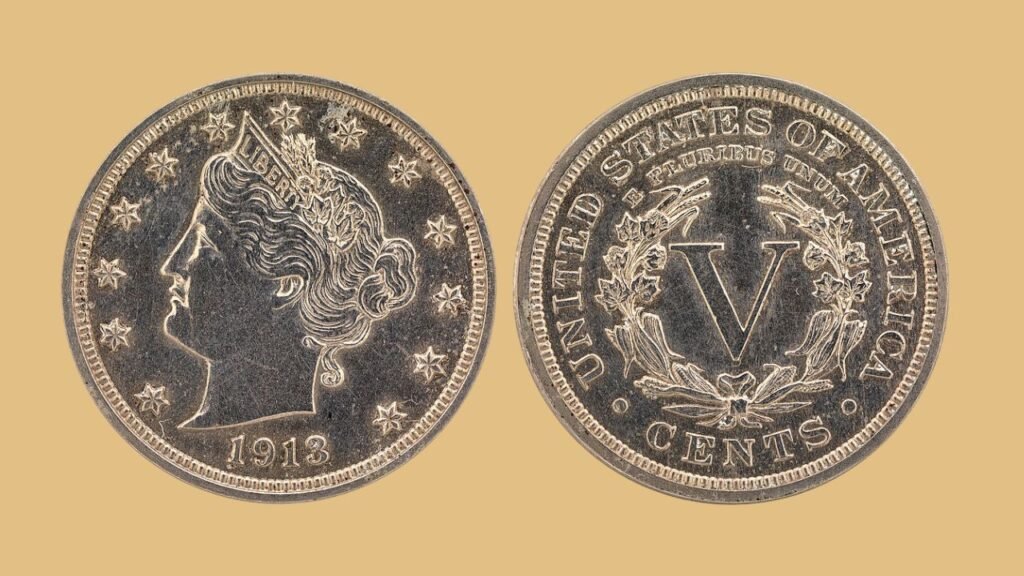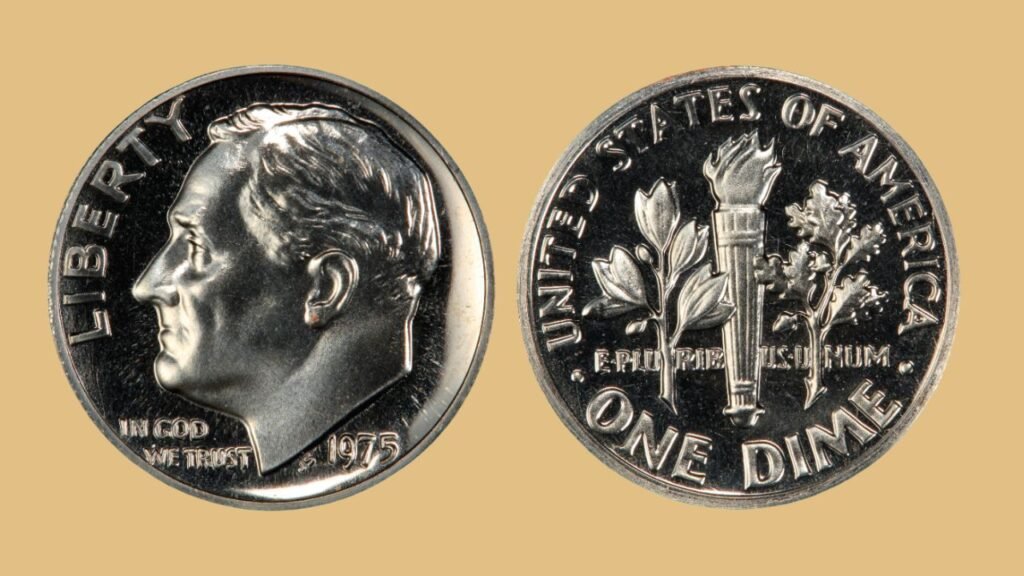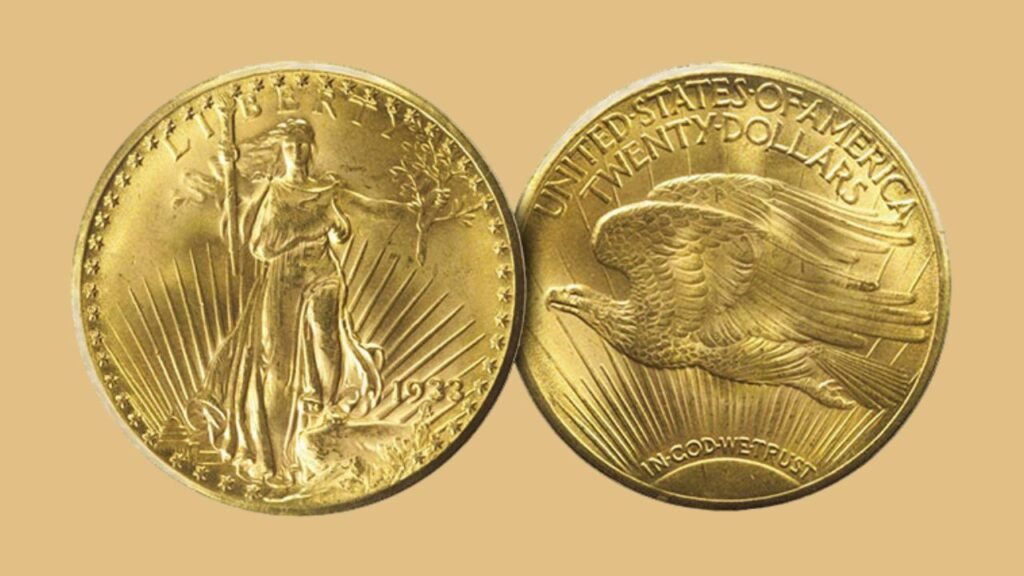Coins are far more than just money, they can be valuable bits of history. With time, certain cash have become quite rare and valued through the help of collectors, museums, and investors. With their rarity and ancient value, some rare coins can command prices that most humans would forget are not possible. In this article, we will learn about 5 rare coins that are worth a whopping $96 million each and why they are so valued at such high prices.
Though it may sound too formal to be true, there are indeed coins which have sold for prices ranging in the tens of millions of dollars. These pieces of cash aren’t simply valuable due to their steel content material, but due to their special characteristics, minting errors, and historical significance.
5 Rare Coins Worth $96 Million Each
1913 Liberty Head Nickel
The 1913 Liberty Head Nickel is one of the maximum celebrated coins in American numismatics. In 1913, the USA Mint had already began to use a new layout for the five-cent piece, so the Liberty Head layout turned into out of manufacturing. Nonetheless, five of the coins have been secretly made, and it is speculated that they were made with out approval.
The scarcity and the truth that it changed into illegally minted make this coin the most sought after amongst collectors. One of these nickels fetched an super $3.7 million at auction. If you’re lucky sufficient to find a Liberty Head Nickel, observe it intently the best 5 acknowledged to exist have design variations which could imply a precious coin.

1894-S Barber Dime
The 1894-S Barber Dime is one of the maximum treasured and uncommon dimes ever produced. In 1894, simplest 24 San Francisco dimes have been made, and that they were allegedly produced as souvenirs for U.S. Mint officials. Due to the extraordinarily low mintage, the cash are extraordinarily uncommon.
One of those dimes is well worth $1.9 million, and that they can be as plenty as $78 million relying on their nation. So, in case you find a dime that is dated 1894, it’s worth getting it checked out for being actual.
1975 No-S Proof Roosevelt Dime
The 1975 No-S Proof Roosevelt Dime was a minting mistake that resulted in one of the most scarce and most valuable coins available in contemporary U.S. money. A few proof dimes were minted without the mintmark “S,” which is usually found on the obverse side of the coin. This lack of the mintmark renders the coin very rare and very valuable.
Two known specimens of this mistake have been found, and their price has skyrocketed in recent years. One of them is worth an estimated $78 million, depending on how well it is preserved. This minting mistake has gained a place of fame in collectors’ hearts due to its rarity.

2000 Sacagawea/Quarter Dollar Mule
A mule coin is a coincidence when two different coins are inadvertently mixed up in the minting process. One such well-known instance of a mule coin is the 2000 Sacagawea/Quarter Dollar Mule. Here, the Sacagawea greenback coin and the country zone had been blended up via mistake, resulting in a coin with the Sacagawea layout at the obverse and a nation area design at the reverse.
There were best about 11 of these errors recognized to exist via 2021. Though it’s not as well-known as some of the other coins on this list, due to its rarity, it is extremely valuable. These mules should be more than $10 million based on auction and buyer demand.
1933 Double Eagle
The 1933 Double Eagle is likewise a coin surrounded by history and mystery. Originally minted in 1933, the Double Eagle became designed by Augustus Saint-Gaudens and ranks as one of the maximum fabulous U.S. Cash ever created. The U.S. Authorities, however, opted to tug the cash out and soften them at some stage in the Great Depression as a part of measures geared toward slicing lower back gold reserves.
Few survived and were now not melted down, so they’re extremely rare. Indeed, this sort of coins auctioned for a fantastic $18.9 million, a document for the most treasured coin ever bought.If you ever find a Double Eagle from 1933, it may actually be worth a small fortune, if it is one of those who survived the destruction.

How to Identify Rare and Valuable Coins
While these specific coins are largely held in private collections or museums, millions of valuable coins are still out. What to see here:
- Unusual dates – Check old mint years such as 1894, 1933 or 2000.
- Minting Errors – Double strikes, off-center prints, or incorrect metals can skyrocket value.
- Unique Symbols or Stamps – Such as the “EB” stamp or Liberty Head design.
- Weight & Material – Silver or gold coins often have a different weight and shine.
- Condition – The better preserved, the more valuable.
Market Trends in Rare Coin Collecting
The rare coin market has seen tremendous growth over the last few years. Based on reports by The Numismatic Guaranty Corporation (NGC), rare coins have always outperformed other conventional investments, including stocks and bonds. Some of the reasons behind this trend are:
- Global Demand for Collectibles: As the demand for rare coins grows globally, collectors from various nations vie to possess the most desirable pieces.
- Historical Significance: Coins with rich historical pasts are now more and more considered long-term investments.
- Rarity and Condition: Coins with rare or near-mint condition will command higher prices.
Final Thought
It’s easy to overlook small cash in a world of digital payments and credit score playing cards, however a number of the most treasured treasures in records are hiding in undeniable sight. Whether you’re a seasoned numismatist or a informal coin-checker, those 5 cash every really worth as much as $96 million prove that even the humblest nickel, dime, or dollar could become a life-converting discover.
FAQ’s
How do I know if my coin is worth fortune?
The value of a coin hinges on its rarity, condition, and historical importance. Coins bearing minting mistakes, low mintage, or unique characteristics are often more valuable. You can consult a professional coin grader or visit sources such as the PCGS website for more details.
Can I sell my rare coins?
Yes



















